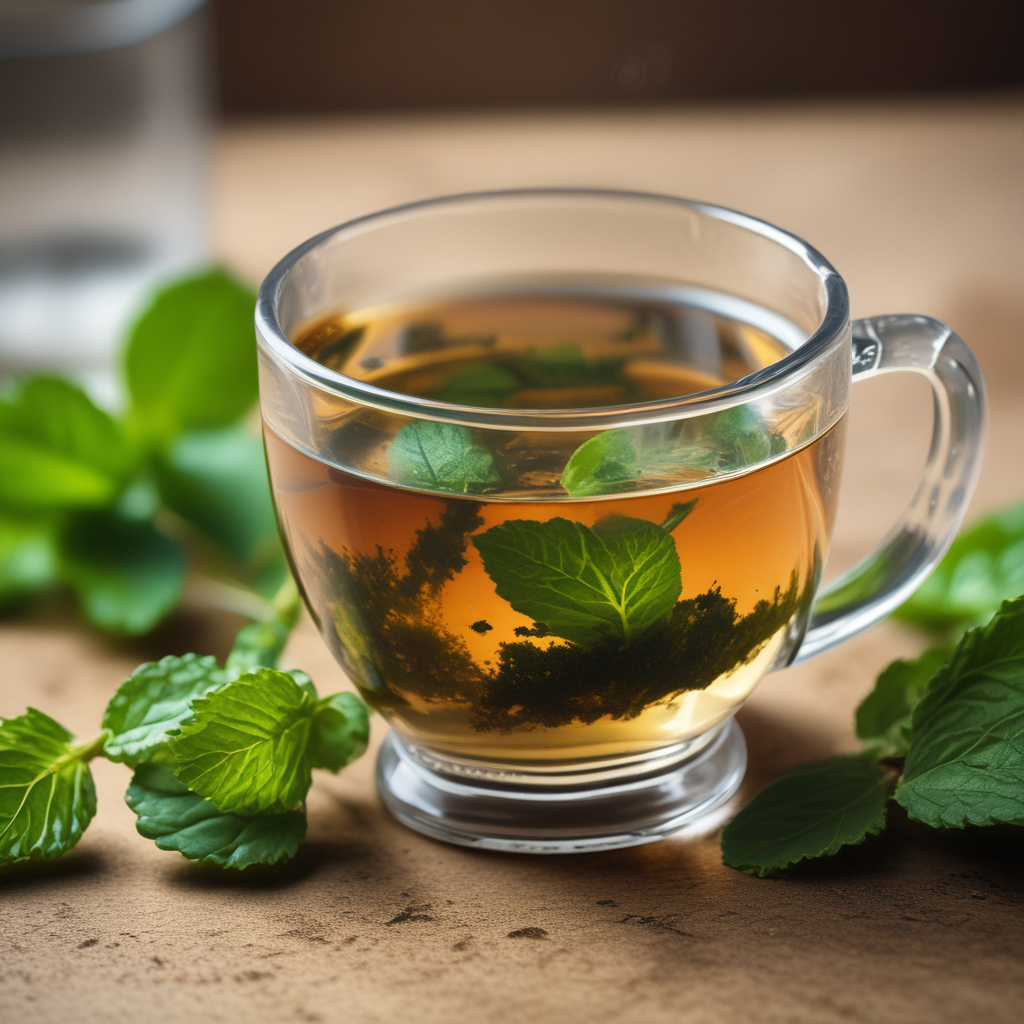
Comparing White Tea and Green Tea: What You Need to Know
In the world of tea brewing, white tea and green tea are often compared for their unique flavors and health benefits. Understanding the differences between these two popular types of tea can help you make an informed decision when choosing your next cup. In this article, we’ll delve into the characteristics, brewing methods, and health benefits of white tea and green tea to help you understand the distinctions and make the right choice for your preferences and well-being.
Characteristics of White Tea
White tea is one of the least processed types of tea, made from the young leaves and silvery-white buds of the Camellia sinensis plant. It is known for its delicate flavor and light, pale color. White tea undergoes minimal oxidation, which helps to preserve its natural antioxidants and nutrients. This gentle processing method gives white tea a subtle and sweet taste, often described as floral or fruity.
Brewing White Tea
To brew a perfect cup of white tea, use water that is just below boiling temperature (around 175°F or 80°C). Allow the tea leaves to steep for 2-3 minutes to release their delicate flavors. Due to the delicate nature of white tea, it’s important to handle it with care to avoid overpowering the subtle taste.
Health Benefits of White Tea
White tea is rich in antioxidants, including catechins, which are known for their potential to promote heart health and support the immune system. Additionally, the low caffeine content in white tea makes it a suitable option for those looking to reduce their caffeine intake while still enjoying the benefits of tea.
Characteristics of Green Tea
Green tea, like white tea, is made from the leaves of the Camellia sinensis plant. However, green tea undergoes a slightly more extensive processing method, including withering and heat treatment to prevent oxidation. As a result, green tea retains its natural green color and has a more robust flavor compared to white tea. The taste of green tea can vary from grassy and vegetal to nutty or even slightly sweet.
Brewing Green Tea
When brewing green tea, it’s essential to use water at temperatures ranging from 160-180°F (71-82°C) to prevent bitterness. Steep the tea for 2-3 minutes to extract the flavors effectively. Oversteeping green tea can lead to a bitter taste, so it’s crucial to monitor the steeping time carefully.
Health Benefits of Green Tea
Green tea is renowned for its high levels of antioxidants, particularly epigallocatechin gallate (EGCG), which has been studied for its potential role in promoting metabolic health and supporting brain function. The modest caffeine content in green tea also provides a gentle energy boost without the jitters often associated with coffee.
Comparing White Tea and Green Tea
While both white tea and green tea offer a range of health benefits, their distinct characteristics cater to different preferences. White tea’s delicate flavor and minimal processing make it an excellent choice for those seeking a subtle and refined tea experience. On the other hand, the slightly stronger taste and diverse flavor profiles of green tea make it a versatile option for tea enthusiasts looking for a more robust cup.
Which Tea Is Right for You?
Ultimately, the choice between white tea and green tea comes down to your personal taste preferences and desired health benefits. If you enjoy light, floral flavors and are sensitive to caffeine, white tea may be the perfect choice for you. However, if you prefer a slightly bolder taste and are seeking potential metabolic benefits, green tea could be the ideal option.
FAQ
Is white tea healthier than green tea?
Both white tea and green tea are rich in antioxidants and offer various health benefits. The choice between the two depends on individual preferences and health goals, as each type of tea has unique characteristics to offer.
Can I blend white and green tea together?
Blending white and green tea can result in an intriguing combination of flavors, offering a balance between the two types of tea. Experimenting with different ratios of white and green tea can lead to delightful and unique brews.
How should I store white and green tea to maintain their freshness?
To preserve the freshness of white and green tea, store them in airtight containers away from light, moisture, and strong odors. Both types of tea are best kept in a cool, dry place to maintain their flavors and nutrients.


